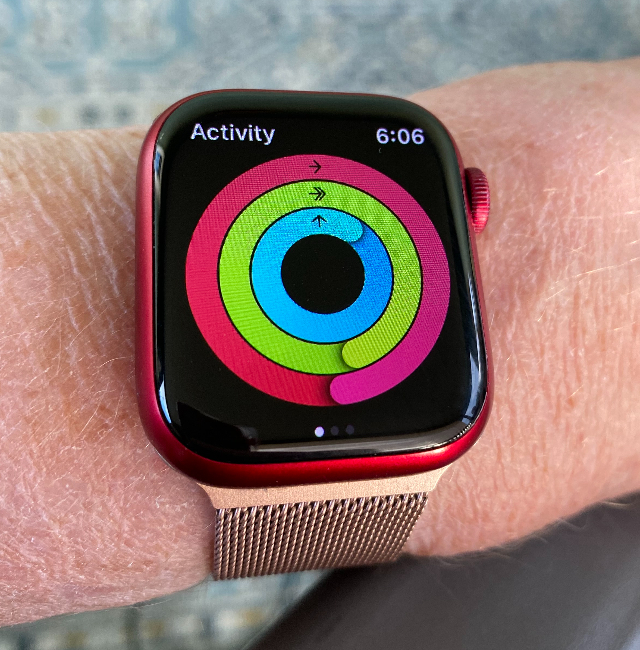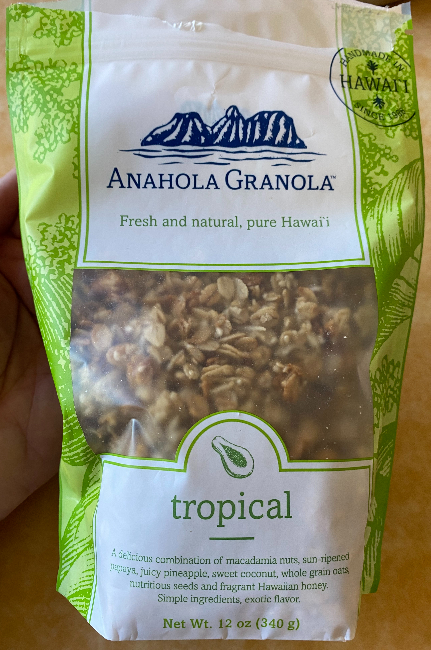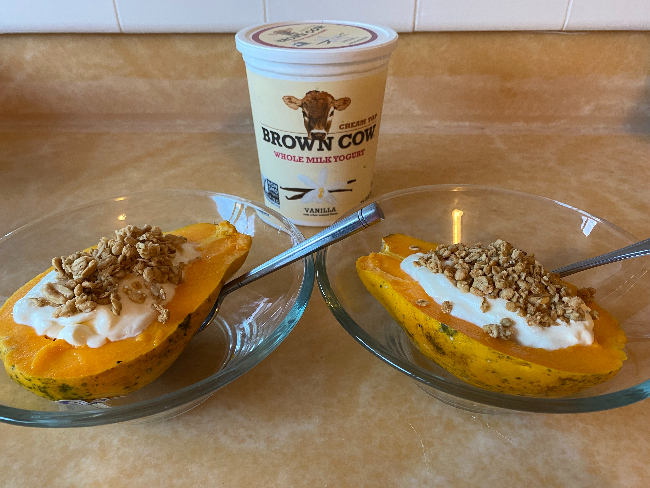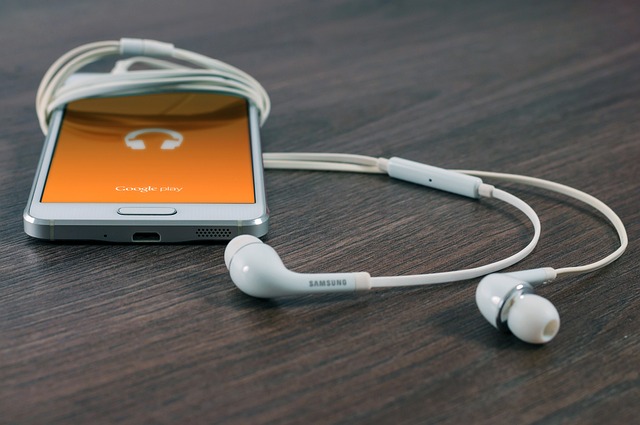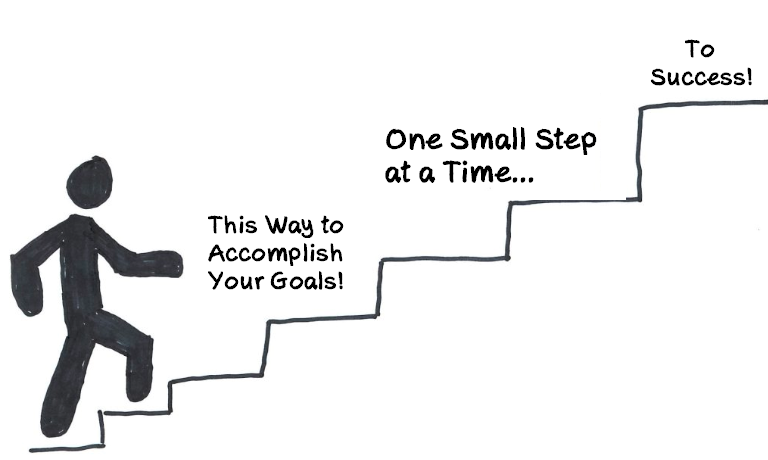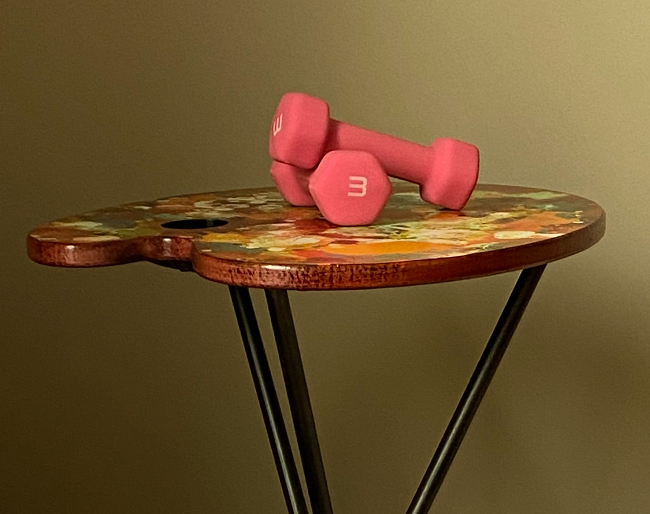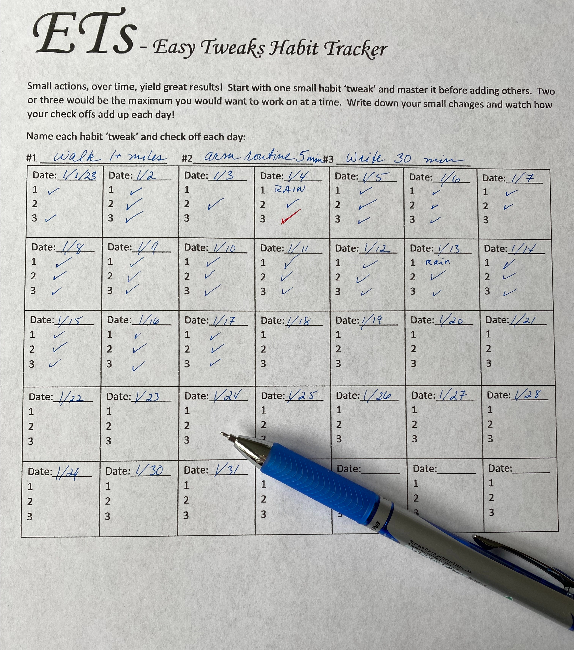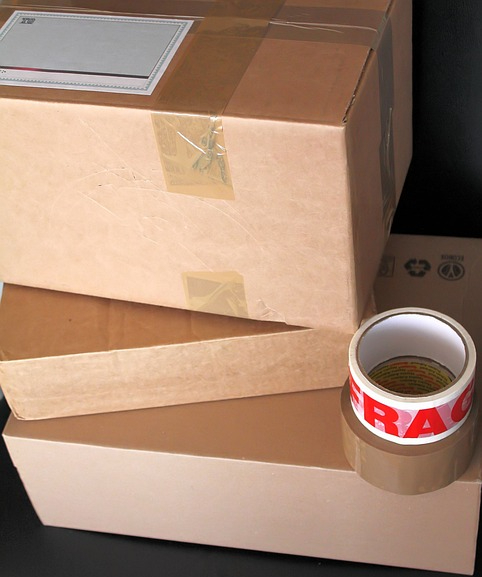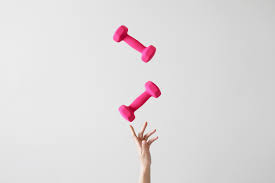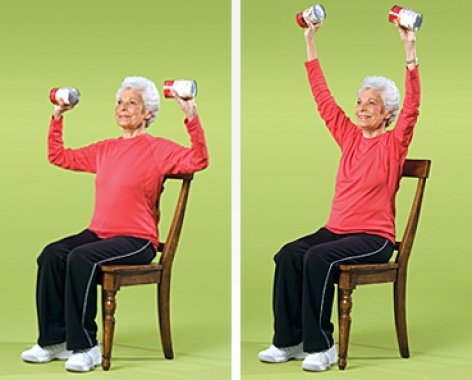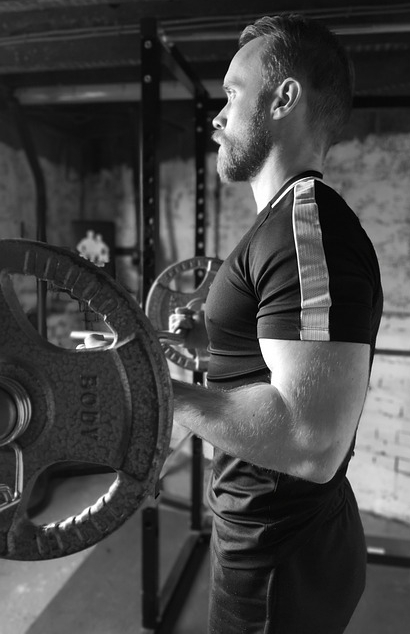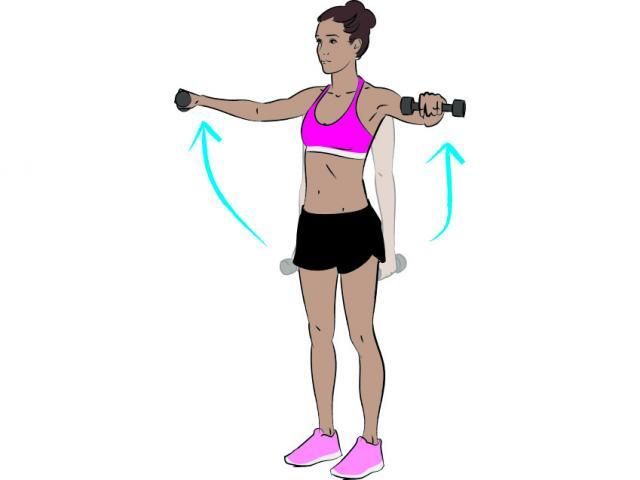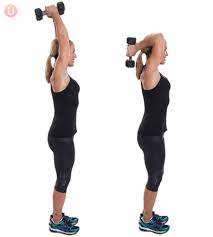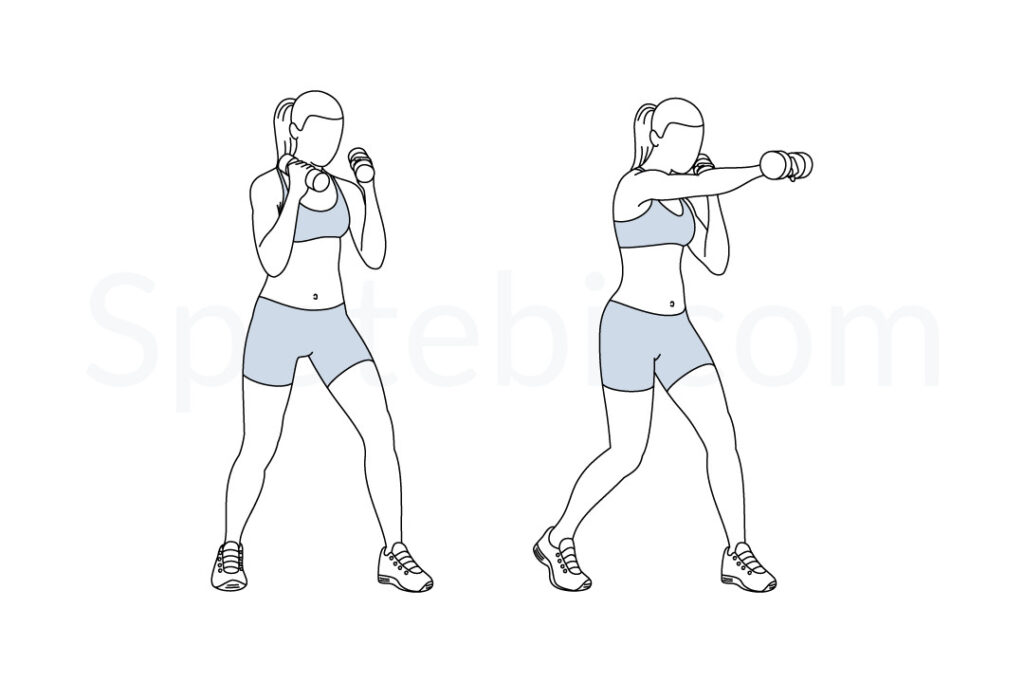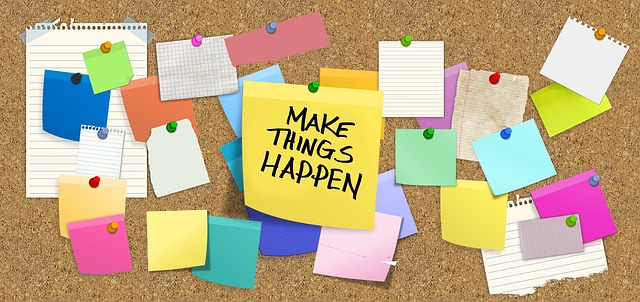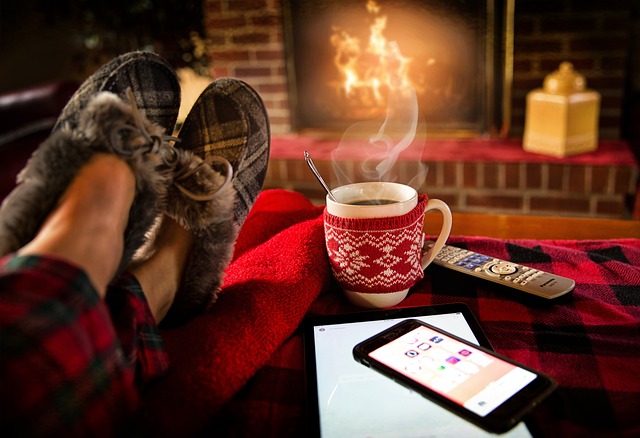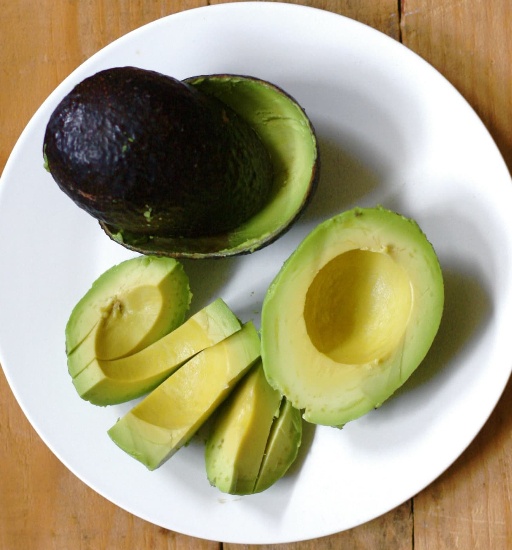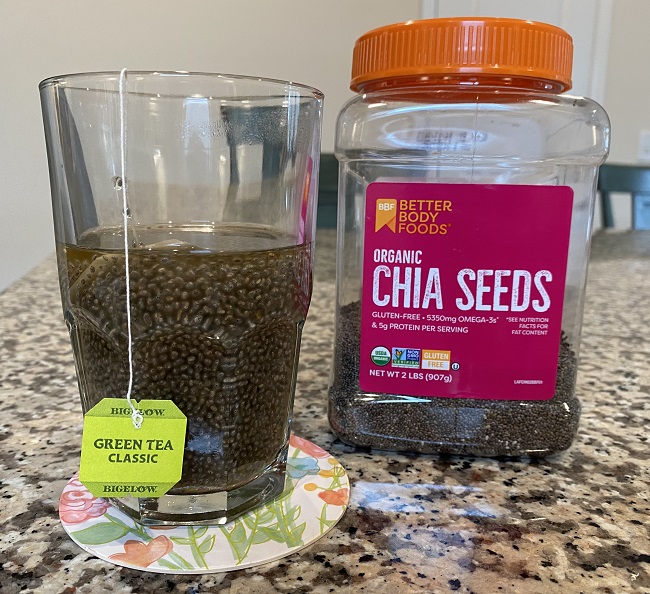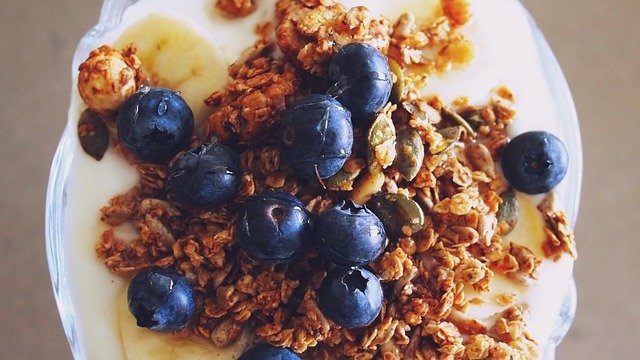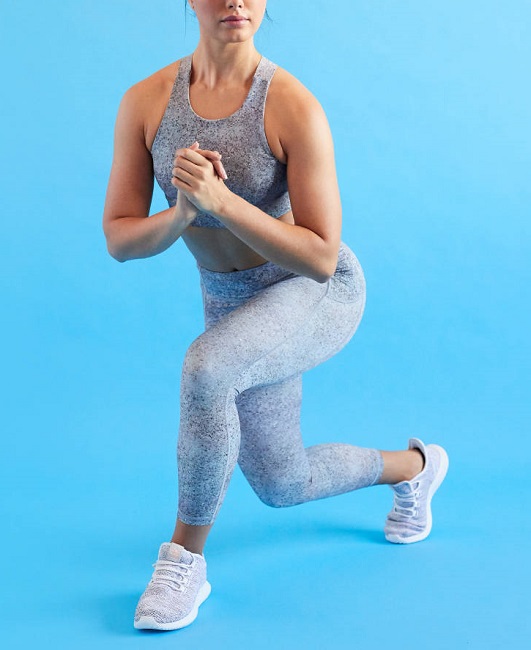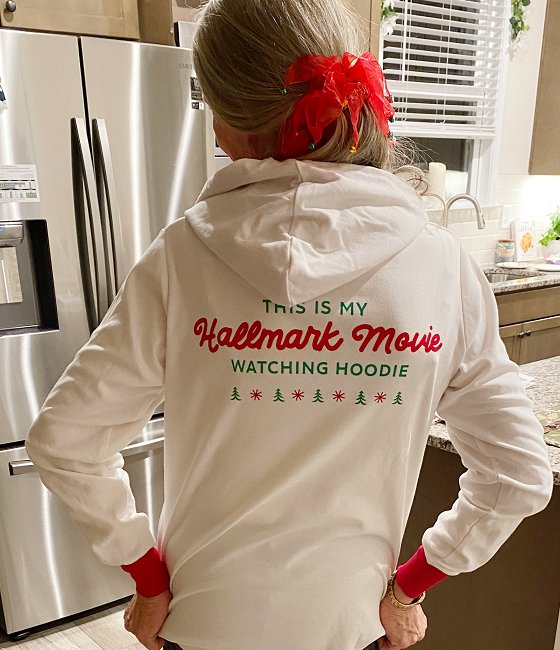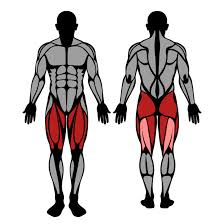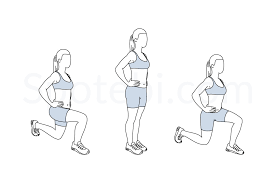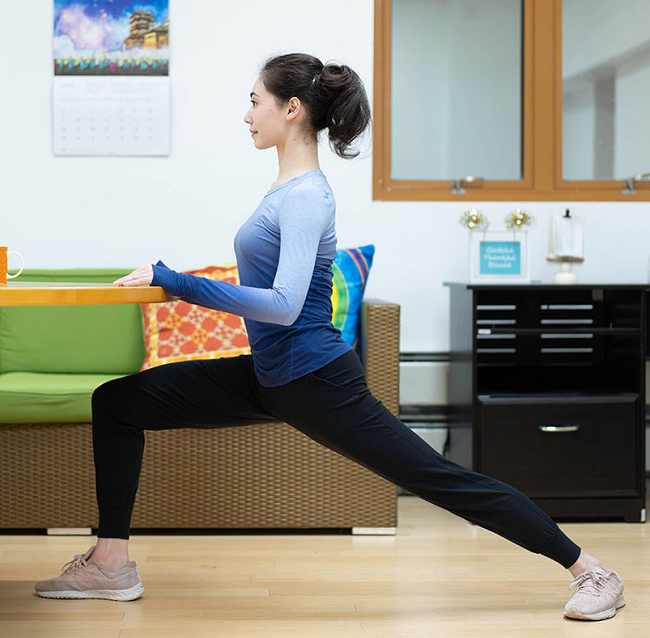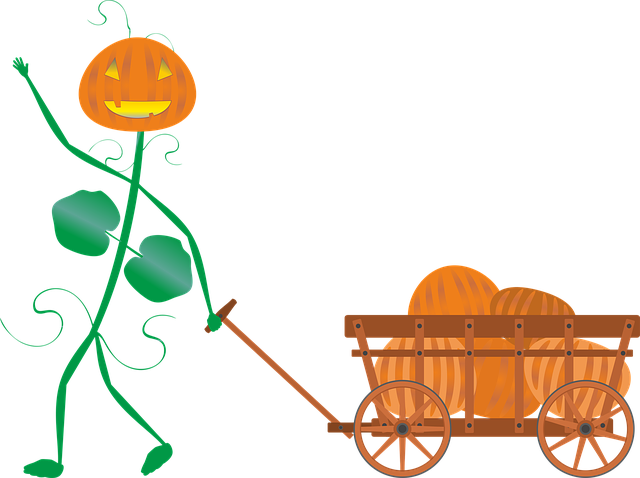Maintaining exercise by carrying moving boxes was easily checked off last year as I made near-daily loops around my neighborhood to keep track of building progress on the new home.
Then lifting, shuffling, and sorting through 42 years of stuff at the old homestead was further enhanced by boxing, toting, and moving that which survived the great throw out.
Arms, legs, and back were all getting their workouts in 2022.
This year, with the moving-in process winding down, my arms need regular workouts. Time to keep my five-pound weights within easy reach for daily impromptu maintenance and strengthening moves.
How do you trigger doing regular exercise at home?
Just keeping my cute pink weights in plain sight and ready-to-use, usually does the trick. I’ve been known to keep them on the hearth in the living room so I can pick them up during commercial time when watching TV.
Some folks like using a habit-tracker like the one I offer as a download for my first book, Toolkit for Wellness. The entire download for that book can be accessed below and you can find the habit tracker on page 6.
Click on the GREEN DOWNLOAD button below to access!
I’m going to use the habit-tracker this month because I want the visual reward of little check marks adding up.
Whatever your method, let’s get back to some easy arm basics.
Remember to start out using light weights: 1, 2, 3, or 5 pound dumbbells – or use 8 ounce cans of soup or nothing at all. Sore muscles and complaining joints are motivators to abandon exercise, and that would be counterproductive, to say the least.
A little jazzy music helps if you aren’t doing this during a commercial break, and standing is a plus for me – but many of these moves can be done seated.
Whatever position you assume, remember to “pull the string” of symbolically pulling a string at the top of your head to straighten your spine and to get your ears-over-shoulders and shoulders-over-hips.
Pulling the string gets us in good body alignment for optimal movement with decreased chance for injury.
NOTE: I am not a strength or conditioning trainer – this is what I do – proceed using your own wisdom and the recommendations of your medical professional. If you experience pain or discomfort, stop.
Basic Curls
Standing straight, feet should-width apart, holding your light weights, start with straight arms hanging close to your body, and palms facing forward. Bend both elbows slowly lifting the weight toward your shoulders – but do not touch your shoulders. Pause, then return to starting position. Repeat 10-15 times.
I like to add a set of curls with my palms facing each other. Changing hands to facing inward also changes the name to hammer curl, but don’t sweat the labels. Just note how this may feel as different muscles are called into use.
Arm raises
Standing straight, feet shoulder-width apart, with arms hanging straight down at your sides, slowly raise weights out to your sides and up parallel to the floor and just slightly in front of you. You should be able to just see your hands in the periphery of your vision. Pause, and then slowly lower your arms to starting position. Repeat 10-15 times. Do not swing your arms up and down – the point is to move slowly with control.
A variation of basic arm raises is to do them while standing slightly bent at the waist. Try bending forward about 45 degrees, keeping back flat, hands with weights at the sides of your knees, and raising arms out to the side until parallel to the floor. Pause, and slowly lower to starting position.
Overhead triceps extensions
This exercise may be done either by holding a single weight with both hands, or by using a weight in each hand.
Standing straight, feet shoulder-width apart, press the weight/s up over your head until your arms are fully extended. Without moving your upper arms, lower the weight/s behind your head as far as comfortable. Pause, then bring the weight/s back up to straight up over your head. Repeat 10-15 times.
Punch the air
Standing straight with feet a little wider apart than shoulder width, hold weights chest height. Using alternate hands, punch out and slightly up like at a punching bag. Crouching slightly by bending the knees adds another exercise element as knees are bent and then straightened at the top of the punch. Repeat 10-15 times.
It’s basic exercise fare but can amazingly help strength and range of motion. Most importantly, it’s doable and repeatable.
Can you spell S-U-C-C-E-S-S?
If you found this helpful, please share with someone else using the options under the MORE button below.
In health for 2023 –
Deidre




